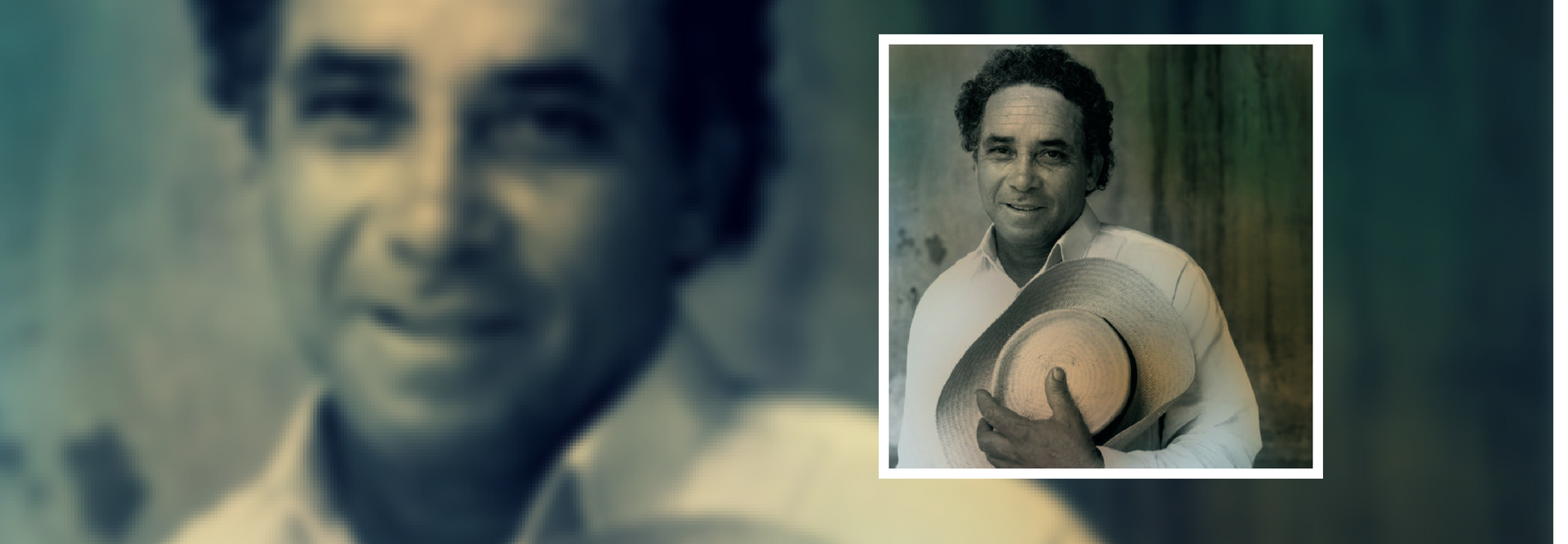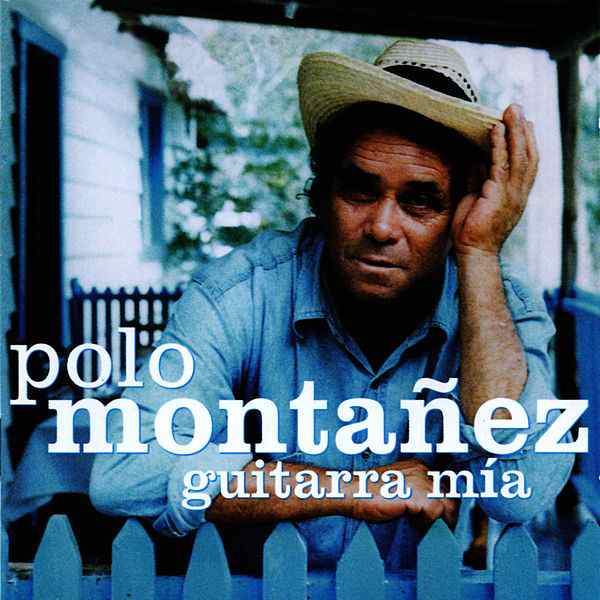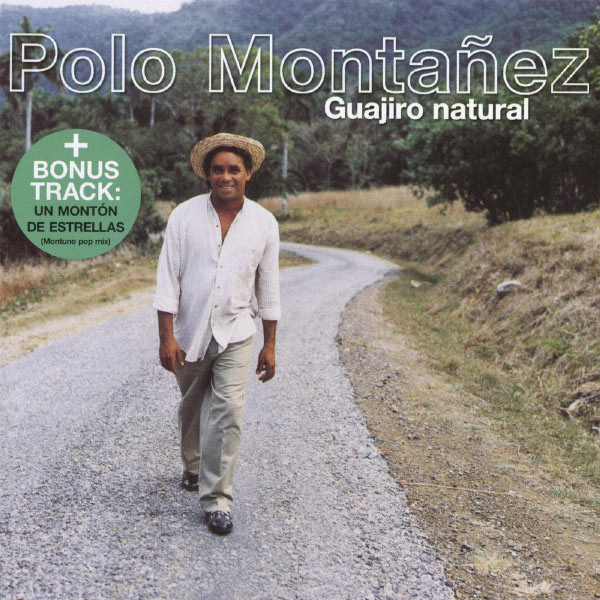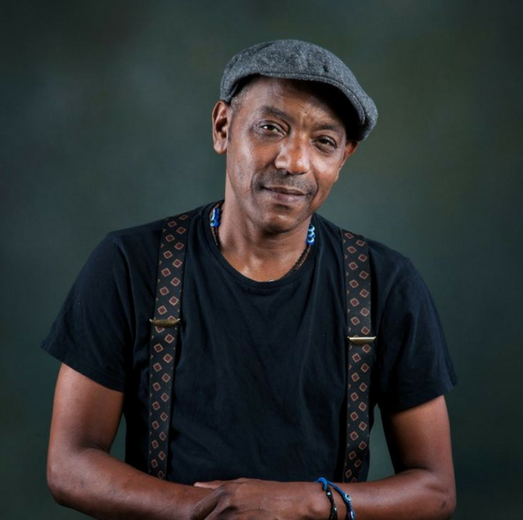
Polo Montañez
From farm worker to a international star
About
Polo Montanez was discovered in 1999 by José da Silva, who recognised his genuine talent as a singer-songwriter. José quickly made up his mind to record the artist, who had already adopted the name Polo Montanez in honour of the “mountains” where he was born on the 5th June 1955, an area of wooded hills around sixty kilometres from Havana.
Lusafrica released Polo Montanez’ first album, Guajiro Natural, on the 14th March 2000. A few months later, the record was released on the MTM label in Colombia and met with almost immediate success, making a star of the artist overnight. The tracks Guajiro Natural then Un monton de Estrellas reached number 1 on all the country’s radio stations and the album’s sales rapidly climbed to an extraordinary level (to date, it has sold a total of 60,000 copies in Colombia where a platinum record is awarded for sales of over 40,000). This success spread to other countries in the region: Ecuador, Venezuela, Panama, Mexico… The modest Cuban farm worker was suddenly a household name.
The Cuban media finally paid tribute to this remarkable triumph. At the end of 2001, Polo became a sensation in his own country where his guajiro build and plain speaking won the hearts of the people, unaccustomed to such unaffectedness. A tour was organised for the following spring and Polo Montanez succeeded in doing what no other Cuban artist had done before him: holding around twenty concerts in the island’s largest towns and managing to draw a frenzied crowd of 50,000 to 150,000 in each provincial stadium and more than 100.000 on La Piragua, in Havana. This was considered as an unprecedented feat for a popular artist. Cuban television broadcast the event to many other Latin countries.
Polo Montañez’ second album, Guitarra Mia (recorded in Havana and Paris), was released by Lusafrica in Colombia and Cuba at the start of summer 2002, then in Europe in October. The artist came to perform in Europe at the start of October. During his stay, he recorded 3 tracks: Locura de Amor, Pueblo Mío and Amor e Distancia, a song he had just written in Paris for Cesaria Evora. Polo then flew back to Cuba with many plans. The European tour had gone very well and another, bigger one was being prepared for the following spring. Otherwise, he was to leave again 10 days later to launch Guitarra Mia in Mexico, where he was expected for a week of intensive promotion.
But fate decided otherwise. Fernando Borrego Linares died in the night of the 26th November 2002 at the Cimex hospital in Havana. He had been fighting for life since being brought there after a terrible road accident on the 20th November. The singer’s death was a tragedy for the Cuban people, who had been kept informed day by day, hour by hour, of his condition after the accident.
Now, two years after he passed away, Lusafrica has decided to bring out a posthumous album of 10 previously-unreleased tracks, including Siete Anos, on which Polo gave his backing vocalist Gladis Pérez her big chance, as well as a new orchestration of Guitarra Mía and 3 major tracks from his previous albums: La Ultima Cancíon and Desde Abajo from the Guitarra Mía album and Un Monton de Estrellas, his greatest hit, from the Guajiro Natural album.























